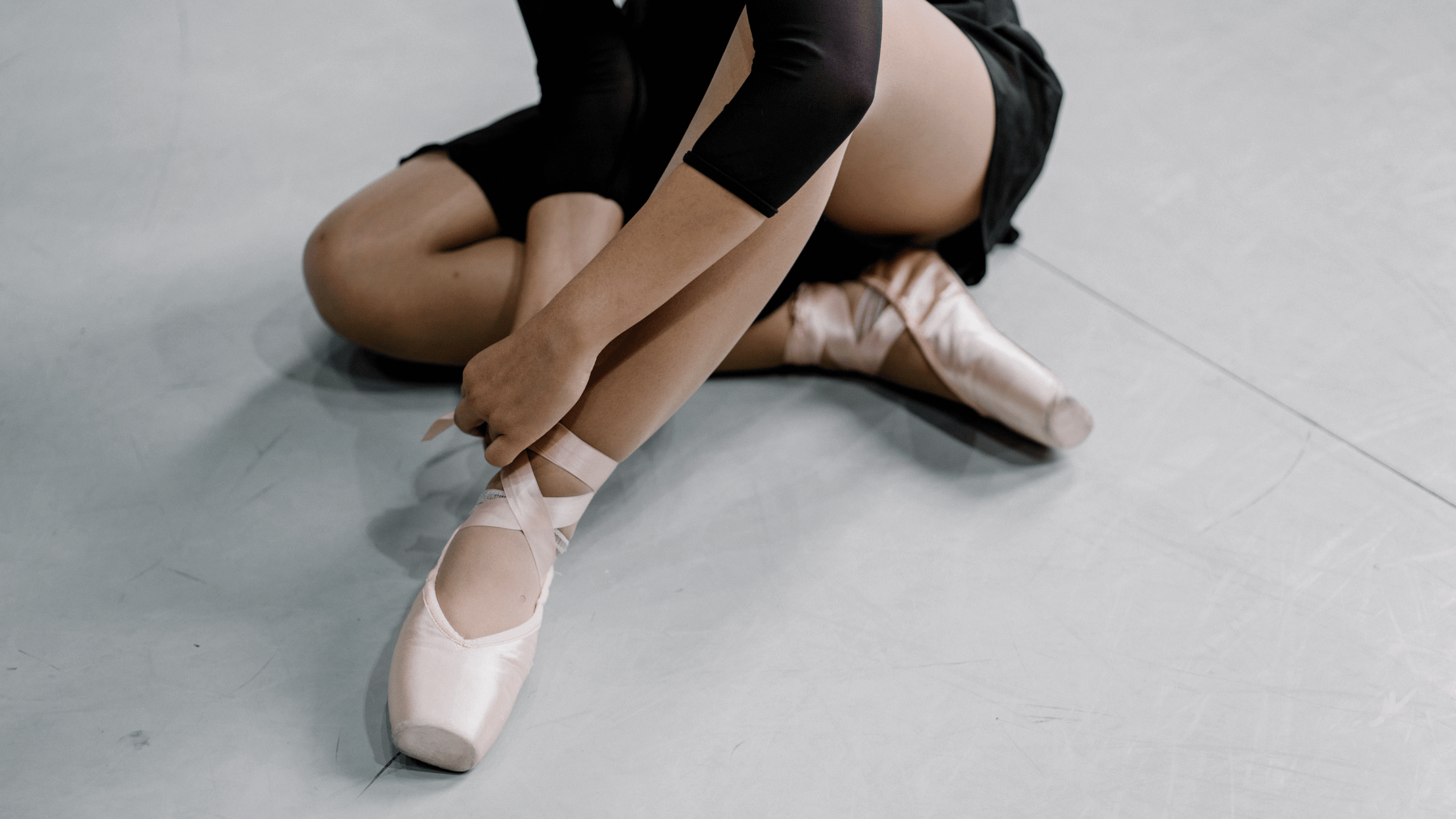Physical Therapy for Dancers: The Key to Enhanced Performance

Licensed Physical Therapist, PT, DPT // Herman and Wallace Pelvic Floor Level 1 Certified // EW Motion Therapy Meadowbrook/280
Dance is a physically demanding art form that requires strength, flexibility, and endurance. With the rigors of practice and performances, it's no surprise that dancers often face injuries. However, physical therapy can be a game-changer for dancers, helping them prevent injuries, recover, and enhance their performance. Our team at EW Motion Therapy loves helping dancers ensure their bodies can keep up with the demands of their sport. However, even if you decide that our physical therapy isn’t right for you, you can still learn about common dance injuries, how physical therapy can help, and how treatment plans differ for healthy and injured dancers.
Common injuries in dancers and the role of physical therapy
Dancers, especially those in ballet, often suffer from lower extremity injuries like sprained ankles or foot fractures due to the intense load on these areas during dance routines. Back pain and hip injuries are also common due to the extreme movements and postures. So, how can physical therapy help?
Physical therapists are experts in human movement. They can analyze a dancer's technique and identify risk factors for injuries, such as muscle imbalances or improper alignment. With this information, they can develop targeted exercises to address these issues and prevent injuries before they occur. Physical therapists have many activities and techniques to help dancers maintain their fitness and enhance their performance. For instance, core strengthening exercises can help dancers improve their stability and balance, while flexibility exercises can help them achieve those breathtaking extensions without risking injury.
Moreover, physical therapists can teach dancers how to warm up and cool down properly, preventing muscle strains and other injuries. In addition, physical therapists can use techniques like massage or joint mobilization to relieve muscle tension and improve range of motion. They can also provide education on proper recovery, nutrition, and hydration, which are critical for maintaining energy levels and promoting tissue healing.
How do treatment plans differ for healthy and injured dancers?
Optimal performance: the healthy dancer's plan
You're feeling great; no injuries, no pain. Why would you need physical therapy? Because the aim here is not just to treat but to prevent and optimize.
A physical therapist will thoroughly assess your body's strengths, weaknesses, flexibility, stability, and biomechanics. They'll watch you dance, analyzing your movements to identify potential risk factors.
The therapist will design a personalized exercise program tailored to your needs based on the assessment. This could include strength training exercises to bolster weak areas, flexibility exercises to enhance your range of motion, or balance exercises to improve your stability.
Education is a vital component of this plan. Your therapist will teach proper body mechanics, warm-up and cool-down techniques, and key points on nutrition and hydration. With this knowledge, you can take proactive steps to prevent injuries and stay at the top of your game.
A path to recovery: the injured dancer's plan
Injury can feel like a setback, but with physical therapy, it can also be an opportunity to come back stronger.
First and foremost, the therapist will focus on treating your injury and reducing pain. This could involve manual therapy techniques, pain management strategies, or specific therapeutic exercises.
Once your injury has begun to heal, the focus shifts to reestablishing range of motion. Your therapist will gradually introduce exercises to restore strength, flexibility, and endurance. They'll help you regain your confidence, ensuring you're ready to return to the dance floor.
But recovering from an injury is not just about healing; it's about regaining full function and reducing injury risk by improving physical and mental standards. Here, physical therapy plays a crucial role. This could involve refining your technique, improving your body mechanics, or addressing any underlying issues that might have contributed to your injury in the first place. The goal is to help the dancer heal and build strength and flexibility, enabling them to return to dancing at their pre-injury level or even better.
Physical therapy is not just for injured dancers - it's a tool for all dancers to enhance their performance and enjoy a healthy dance career. Physical therapy empowers dancers to take control of their health and well-being by focusing on injury prevention, recovery, and overall wellness. Remember, your body is your instrument as a dancer. Treat it with care, nurture it, and it will allow you to express yourself through dance for many years to come. Whether you are healthy or injured, our team at EW Motion Therapy can create an individualized treatment plan to help you pursue your goals. If you’re curious about what else physical therapy can do for you, click the button below to download our answers to 20 frequently asked questions.
%20(1)%20(1).png)

